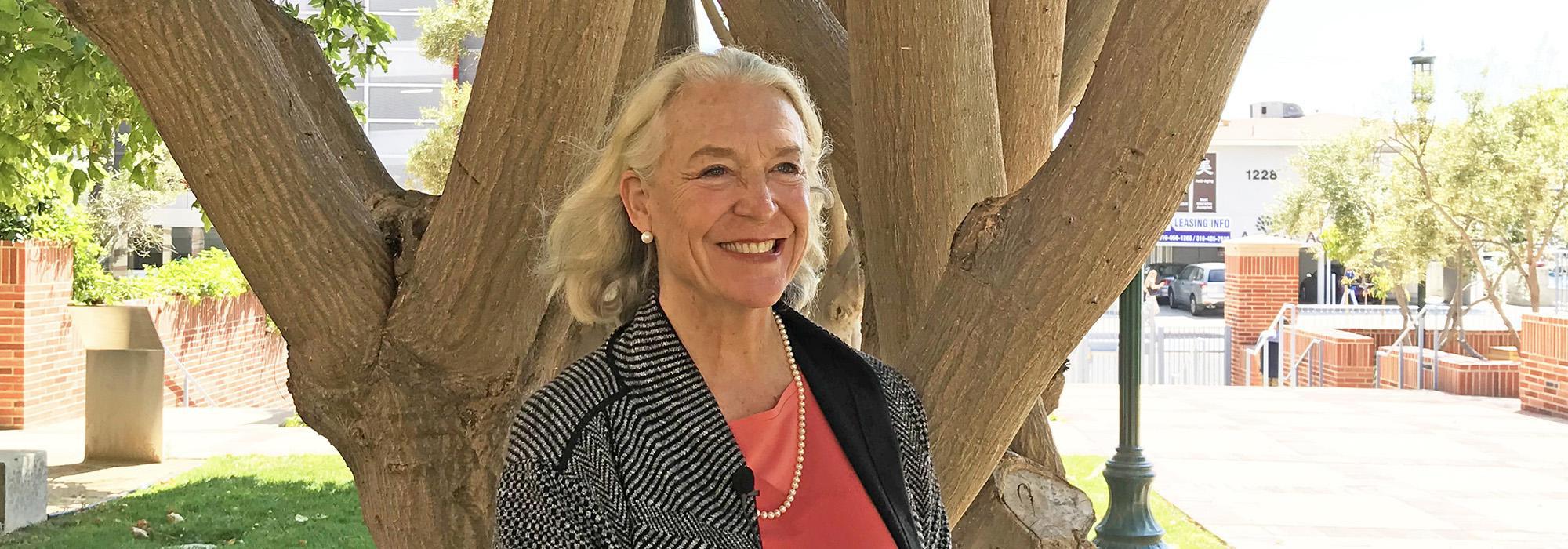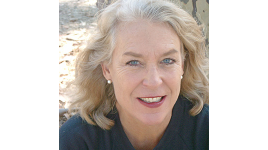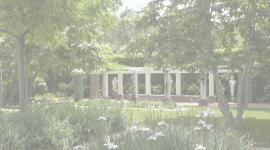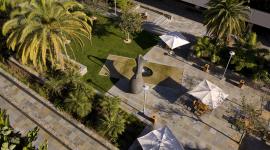|
BIOGRAPHY
1. Growing up in California and New MexicoA childhood in Santa Monica, CA, and Alamogordo, NM, Burton was one of six children; a self-described “tomboy” who loved climbing trees. From the tree tops she could see the terrain and appreciate the world.
2. The Beauty of AlamogordoThe famed rocket testing range set “beautiful fluffy white sand” included a section for families. For eight-year-old Burton the desert was “freedom” and “a quiet exploration in beauty.”
3. College StudiesFlailing as a medical student at UC Davis, Burton moves to UCLA, meets her first boyfriend, discovers the art department, and is entranced by horticulture professor Vernon Stoutemyer.
4. Motorcycles and ArtBurton motorcycled with the Beverly Glen Boys Circuit; she met and traveled with artist Elyn Zimmerman hunting for rocks for the artist’s sculptures. Zimmerman strongly influenced Burton’s artistic development.
5. Adventures in JapanMotorcycling throughout Japan, exploring the great gardens in Kyoto, and climbing Mt. Fuji are among “the most transformative experiences” of Burton’s life.
6. Ace Gallery in Los AngelesA gap year working at Ace Gallery included adventures with artists Richard Serra and Robert Smithson, a life-long influence, and singing into a cave with composer Philip Glass.
7. Foray into ArchitecturePost-Japan, a more independent and secure Burton studied architecture for three years learning about proportion, materiality and juxtaposition of spaces to program.
8. Becoming a Landscape ArchitectBurton became interested in “making public spaces with living materials.” She describes a beach garden she created for a terminally ill woman, which also serves as a posthumous reminder.
9. Pamela Burton and CompanyEstablished in 1975, the office atmosphere is “family-like,” “collaborative” and a place where “we all get to learn.”
10. The Office Staff Firm members describe what makes a Pamela Burton landscape: “effortless,” “isn’t fussy,” looks like we didn’t do anything, but every inch has been detailed and designed.”
|
|
|
DESIGN
1. MentorsArchitect Charles Gwathmey’s teachings explored the union of spaces and the scale of room. Working on the Nilsson residence with architect Eugene Kupper, Burton experimented with how to make the landscape useful. Ian Davis’ course on Indian art included the ritual of walking.
2. Walter de Maria’s Lightning FieldDays spent at the Quemado, New Mexico installation featuring a gird of 400 stainless steel poles yielded revelations about beauty, simplicity, and elegance. Burton says it’s critically important for landscape architects to know about art.
3. Campus DesignIntegral to a campus landscape is the need to feel safe and secure. Also essential are places for people to feel comfortable, to stop, sit and talk. Clear wayfinding is also critical.
4. “Brain Drawing”Burton says this type of survey, in which one captures grading, boundaries, setbacks, ambient and other lighting, and the most difficult aspects of a site, is essential to the success of a project.
5. Come To Your SensesBurton reflects on moving through space and stimulating all the senses, from the fragrance of lemon verbena to different shaped leaves, their shininess and reflective quality, and their texture. She calls it “visual touch.”
6. Six ViewsA 1986 exhibition at Cal State Fullerton curated by Dextra Frankel and Burton includes the work of Burton and five other landscape architects, and helps elevate the visibility of the profession.
7. The Power of OrganizationAfter grad school, Burton spends a year at the construction office for the SUNY Stonybrook Health Services Center designed by architect Bertrand Goldberg. The architect relies on her because of her organizational skills and memory.
8. Plants That Don't ComplainTough “utility plants” that are durable are the framework of a garden and define the proportions of a space. They also provide texture, color, and smell.
9. That Which is Useful is BeautifulCreating useful well-proportioned spaces that are beautiful can be achieved with careful editing along with canopy trees, plant materials between pavers and other design elements.
10. How Important is Your Spouse? Richard Hertz, Burton says, “is the love of my life.” His schedule at the Art Center College of Design permits this “great writer” who “knows more about landscape architecture” than anyone to be her sounding board.
|
|
PROJECTS
1. Nilsson Residence – Los Angeles, CABurton’s first major project is influenced by the circumambulatory paths of Indian Chaitya Halls, the rock gardens of Kyoto, and includes a blue-colored installation by Lita Albuquerque in the driveway immortalized in a Julius Shulman photograph.
2. Crichton Residence – Bedford, NYBurton transformed a “house on a hill” with no gardens to a collection of outdoor rooms characterized by contrasts of masses and voids linked by a sequence of bluestones steps with plants tucked into the pockets.
3. California State University – Northridge, CAThe car-centric school was destroyed by a 1994 earthquake. Burton’s design gives the campus a “heart.” A reduced size quad and additional canopy trees create a more intimate environment with better wayfinding.
4. Scripps College – Claremont, CAWorking within a campus designed by landscape architect Edward Huntsman-Trout, Burton creates an intriguing link between the arts and sciences building using quotes inset into the paving.
6. Burton Residence – Ojai, CA“Every garden has to have a big idea” and at the Burton residence it is a family garden around a compact house; the rest is orchard.
7. Howard Residence – Ojai, CAAt a working olive and avocado ranch, the challenge was to bring a clarity of circulation and sequencing of spaces, and to use colorful and durable plant materials that could withstand temperature extremes.
8. Friesen Residence – Brentwood, CA“One of the most important projects … in my career.” A series of outdoor rooms for sculpture in which each work has its own “territory and space” so they’re not “squawking to each other.”
9. UCLA Hospital, Santa Monica, CAFor Burton, the landscape of this complex had to offer families a “place of repose.” The gardens had to accommodate “working, walking, lounging, resting, waiting, wondering” and they had to be built to last.
|








